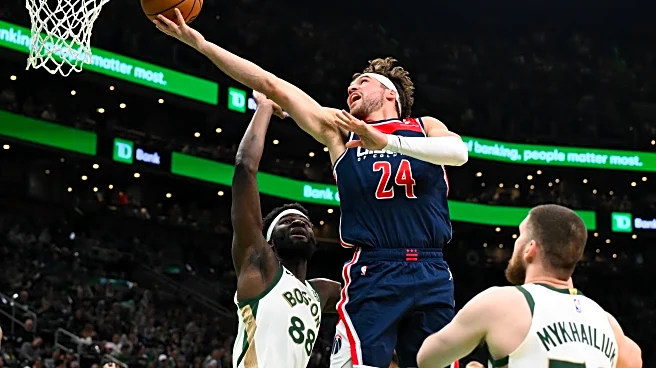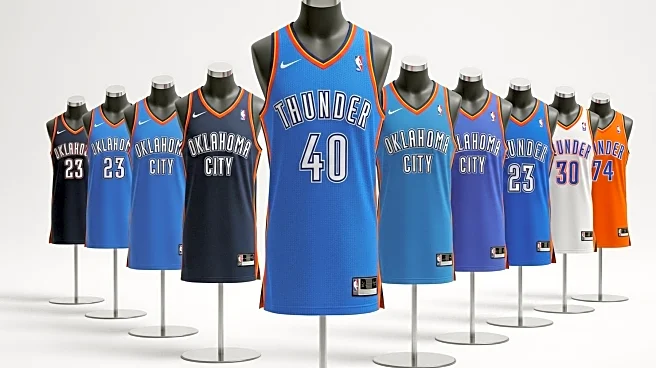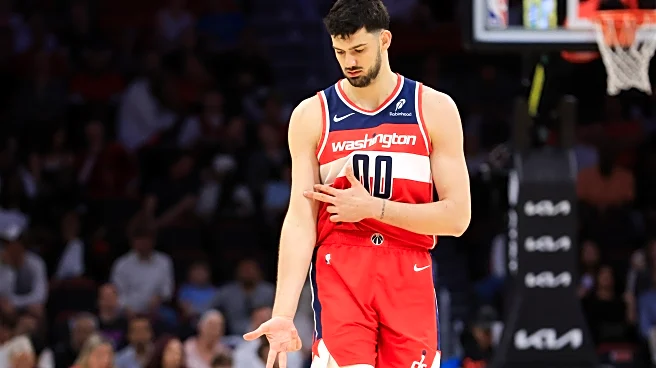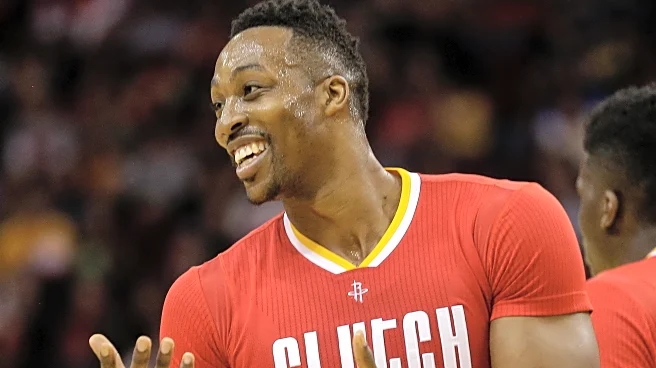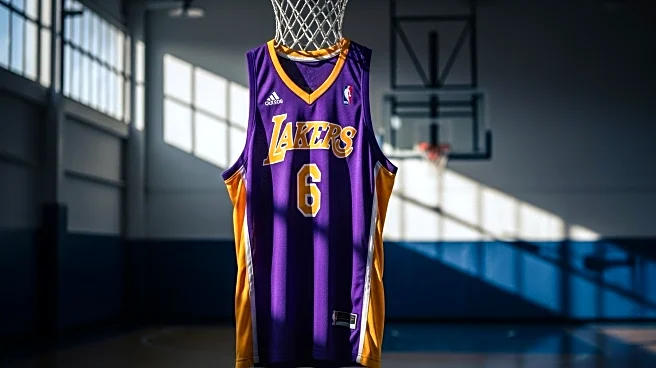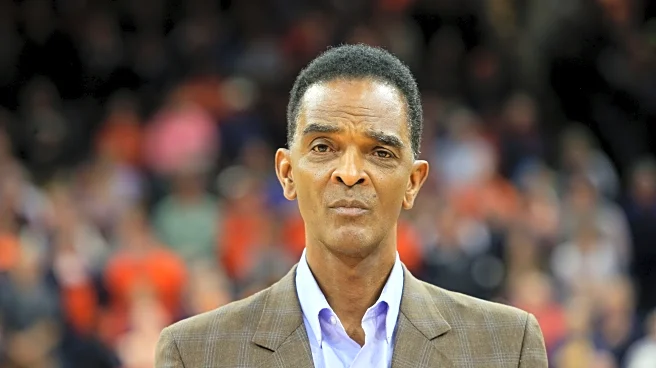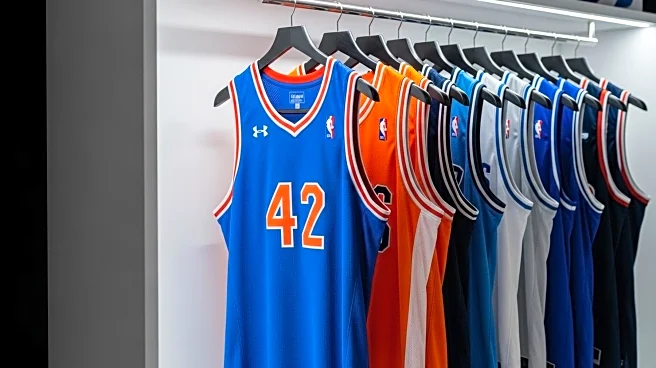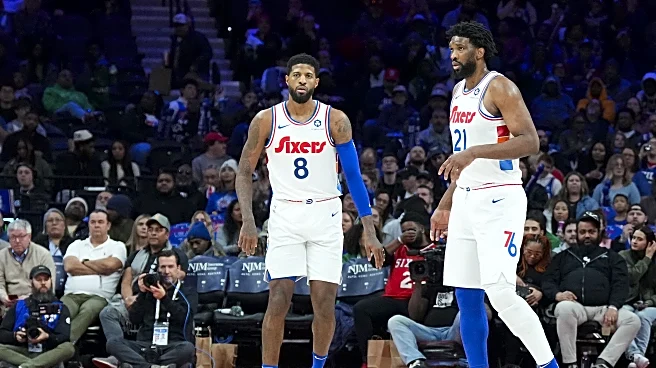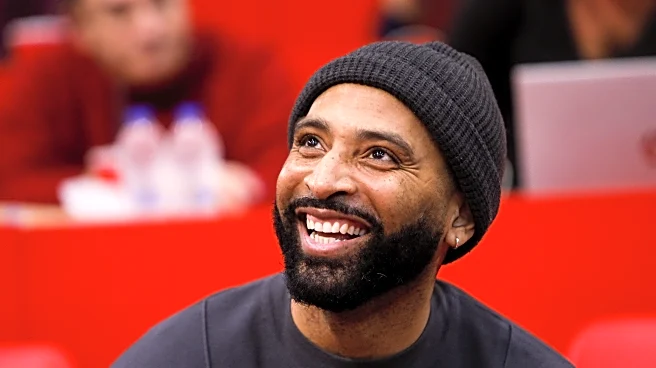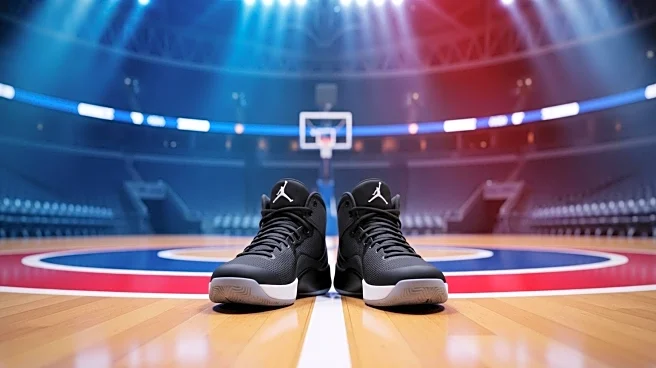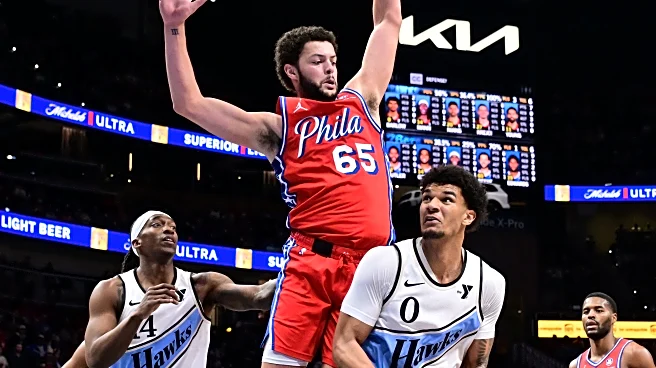

A month ago, I wrote about the myth of Corey Kispert’s constant improvement. The TLDR: he’s not bad, and there’s room to get better just by living up to the theory behind drafting him. But he’s also some distance from good, and the stories being told about his improvement are a bit exaggerated.
Anyway, today let’s look at results from running his production last season through the Statistical Doppelganger Machine.
For those new to annual summer tradition of…well…running players through the Statistical
Doppelganger Machine, The Machine is a statistical comparison tool. It takes a reference season — in this case, Kispert’s 2024-25 campaign and compares it to every player season since 1977-78 across 14 stat/data categories. The Machine’s algorithm calculates how similar each of those player seasons are to the reference season.
While information like position and height are not factors, players tend to get stat comps from a similar position group. In other words, centers tend to get centers and bigger forwards, point guards tend to get other guards, and so on. There are exceptions, and the exceptions are almost always interesting.
The Machine itself was made in part as a reaction to the silly tendency us humans have of making comparisons based on superficial criteria like skin color, place of birth, perceived athleticism, and “he kinda looks like…”
Naturally, I write the preceding sentence for the article in which a 6-7 white guy’s comps are a bunch of 6-6 to 6-8 white guys.
More seriously, Kispert’s comps mostly fit a theory I have about the NBA generally and him specifically. The simple version of this theory is that the age of specialists is largely over.
There was a time when a three-point specialist held significant value, even if he wasn’t a good defender. I haven’t tried to pinpoint when the specialist era ended except to say that it had drawn to a close at least a year or two before the Wizards parted ways with Ernie Grunfeld.
As you’ll see below, Kispert’s comps are mostly good-shooting wings and forwards from 8-10 years ago. For the most part, they were defensively challenged, though they were still impactful players at their peaks.
But in today’s NBA, players need to be able to do several different things well. Specialists may still carve out a role – especially during the regular season — but unless they’re absolutely elite at their specialty, they lose value in the playoffs.
Kispert’s specialty is his three-point shooting. Unfortunately, except for one season, his shooting has been pretty good but not great. That’s fine for a team bottoming out. It’s less fine for a team that wants to play for something. Which is a long way of saying it would be great to see Kispert try to maximize his potential on a team with a superstar.
To the comps:
- Bojan Bogdanovic, 2015-16, Brooklyn Nets — This was the year before Grunfeld paid a first round pick that became Jarrett Allen for a not-very-good quarter season and playoffs from Bogdanovic, and to dump the contract of Andrew Nicholson. (I will not talk more about Nicholson.) Bogdanovic has been a bit overrated in my estimation, but he cracked average in my PPA metric for the first time in his career the season after he left Washington, and he stayed average-plus until 2023-24. His best season was a 131 PPA (average is 100, higher is better) at age 29 in 2018-19.
- Doug McDermott, 2016-17, Chicago Bulls/Oklahoma City — Perpetually below average, McDermott peaked with a 112 PPA at age 29 for the Indiana Pacers. Classic journeyman shooter.
- Isaiah Canaan, 2015-16, Philadelphia 76ers — One of those odd comps because he was a small guard who had to scrap a bit as a second round draft pick to even stick in the league. This was a season with The Process Sixers, which seems to be a recurring theme in this year’s doppelganger series. It’s kinda eery how similar Kispert’s and Canaan’s pace adjusted stats are in these seasons. Kispert got a few more rebounds; Canaan a few more steals. Biggest difference makes sense: Kispert made his two-point attempts while the 6-0 Canaan did not.
- Kyle Korver, 2007-08, Philadelphia 76ers/Utah Jazz — This was a down shooting year for Korver, who was an absolutely elite three-point shooter. Korver peaked with a 154 PPA at age 33 for the Atlanta Hawks,.
- Joe Harris, 2017-18, Brooklyn Nets — This one felt inevitable, though the careers of Harris and Kispert were quite different. Harris was a second round pick who got traded and immediately released halfway through his third season. And then he became a superb three-point shooter (40%+ across multiple seasons) until he contracted the dreaded Plague of Injuries.
- Damyean Dotson, 2018-19, New York Knicks — Another second round pick, but Dotson only got parts of five seasons.
- Lonnie Walker, 2020-21, San Antonio Spurs — Kind of a weird comp given Walker’s outstanding athletic tools. It does underscore how basically mid Kispert’s three-point shooting has been.
- Kentavious Caldwell-Pope, 2018-19, Los Angeles Lakers — Similar offensive production, though KCP developed an “elite role player” rep more because of his defense.
- Wayne Ellington, 2012-13, Cleveland Cavaliers — A late first round pick who somehow stuck around for 13 seasons despite never being much more than kinda-sorta okay. The longevity of Ellington’s career brings to mind something an assistant coach once said about a different well-below average player who had a long career — “He owes his career to having a great mother who taught him good manners.”
- Bryn Forbes, 2018-19, San Antonio Spurs — Yet another shooting specialist, though Forbes was only 6-2.
Next through the Statistical Doppelganger Machine: Tristan Vukcevich.
